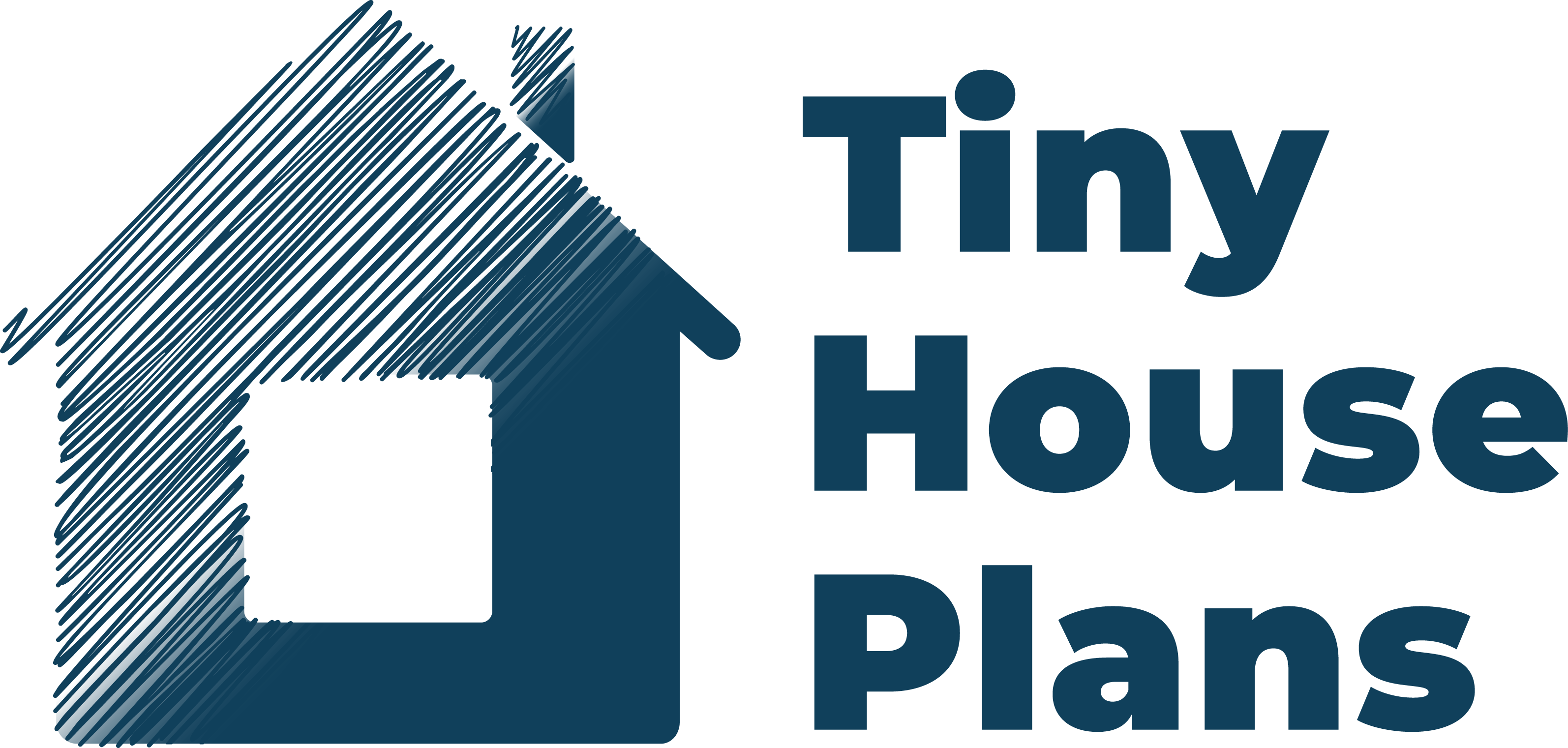Exploring the Charm of Compact Living with Tiny Home Plans
Embracing the allure of tiny home living requires a shift in perspective, where less truly becomes more. Tiny home plans offer you a unique chance to reimagine your surroundings, emphasizing simplicity without sacrificing comfort. Whether you're gazing at cozy tiny house interior designs or crafting tiny home construction plans, you're entering a world where every square foot is utilized with intention and creativity. Affordable tiny homes allow you to explore how to build a tiny house that aligns with your lifestyle while respecting the environment. Imagine the freedom of a mobile lifestyle through tiny house on wheels plans, or opting for the best tiny house kits to streamline your journey. Each blueprint is an invitation to transform your space into a sanctuary that reflects your essence, suggesting that the charm of compact living lies not only in the designs but in the life you choose to create within them. From initial tiny home blueprints to final touches on tiny house design ideas, the journey is about finding freedom in simplicity and redefining what it means to truly feel "at home."

Why Choose a Tiny Home
Choosing a tiny home is much like embracing an L. M. Montgomery novel, where every detail is imbued with purpose and charm. With tiny home construction plans, you can imagine weaving a tapestry of space that marries functionality and coziness. The tiny house living experience is a testament to the simplicity and joy found in less cluttered, more intentional spaces, allowing you to savor the beauty of every inch.
Picture your tiny house being surrounded by carefully curated nature—an affordable tiny home lets you prioritize quality over quantity. This concept isn't just about downscaling; it's about curating a lifestyle that aligns with your essential values. Tiny house interior designs and tiny house design ideas become a means of expressing identity within a limited footprint, proving that wonderful things often come in small packages.
Think of tiny home blueprints as a canvas awaiting your creative strokes. Just like a skilled artist selects the perfect hue, you too can choose the right elements for your dream home. Whether opting for tiny house on wheels plans or the best tiny house kits, your choices reflect a commitment to sustainable and adaptable living. These decisions are about embracing a harmonious, self-sufficient lifestyle without compromise.

Understanding Different Tiny Home Models
Exploring the world of tiny homes introduces you to a variety of models that cater to diverse preferences and lifestyles. Each design, from grounded to mobile, presents unique opportunities for customization through tiny home construction plans. While some people gravitate towards compact cottages emphasizing permanence, others might prefer tiny house on wheels plans that offer the freedom of mobility, blending adventure with the comforts of home.
Consider the minimalist appeal of affordable tiny homes, which highlight efficient use of space without overwhelming clutter. On one hand, this model is cherished for its simplicity, offering a retreat from the chaotic hustle of everyday life. On the other hand, enthusiasts of intricately detailed spaces may lean towards sophisticated tiny house interior designs, which provide luxurious touches in intimate settings, demonstrating that small spaces can hold big dreams.
The choice of model often reflects how you envision living within your tiny home plans. Basic yet elegant structures may fit those who idolize minimalist living, while the best tiny house kits with elaborate tiny home blueprints might appeal to DIY enthusiasts eager to personalize their dwellings. Ultimately, these varying models cater to the versatility of tiny house design ideas, showing that there is no one-size-fits-all solution in the tiny house movement.

Key Elements of Effective Tiny Home Design
Effective tiny home design is rooted in maximizing functionality while maintaining aesthetic charm. These compact spaces require thoughtful planning, where every feature must serve a purpose and contribute to the overall harmony. From tiny home construction plans to intricate details within tiny house interior designs, design effectiveness hinges on creating multifunctional spaces. Lofted sleeping areas or convertible furniture are excellent examples of utilizing vertical space, allowing amenities to fit seamlessly within a reduced footprint.
Tracing its evolution from minimalist movements in the 20th century, the design of tiny homes reflects a shift towards sustainability and intentional living. Tiny home blueprints from decades ago might have emphasized simplicity, focusing on aligning the home with a minimalist lifestyle. Today, with innovative tiny house design ideas, the focus extends to energy efficiency and eco-friendly materials. This historical context underscores the ongoing dedication to a lifestyle where quality, functionality, and sustainability are prioritized in equal measure.
Furthermore, when considering how to build a tiny house, the importance of smart storage solutions becomes apparent. Built-in cabinets, fold-away tables, and under-stair storage are just a few ways to cleverly integrate storage without sacrificing space. Whether you lean towards traditional aesthetics or modern tiny home designs, employing these key elements ensures practicality and comfort are balanced, creating a home as inviting as it is efficient.

Choosing the Right Location for Your Tiny Home
Choosing the right location for your tiny home is a pivotal aspect of planning. It involves more than just finding a picturesque setting; it’s about integrating with a community, ensuring access to resources, and adhering to local regulations. Tiny house living offers flexibility, and with tiny house on wheels plans, you can explore diverse locales. However, selecting a spot involves balancing dreams with practical considerations, including zoning laws and available amenities that align with your lifestyle.
One of the challenges in locating a tiny home arises from restrictive zoning laws that limit where you can legally place a tiny dwelling. This issue can be addressed through diligent research and collaboration with local authorities to find supportive communities or tiny home-specific developments. Utilizing tiny home blueprints tailored to the area’s specific regulations can also aid in overcoming zoning hurdles. Additionally, considering spaces where sustainable infrastructure is encouraged can align your tiny home designs with eco-conscious living standards, ensuring your chosen location supports a thriving, sustainable lifestyle.

Legal Considerations for Tiny Home Living
Navigating the legal landscape for tiny home living involves understanding specific regulations and requirements. For those building tiny homes or opting for tiny house on wheels plans, thoroughly researching applicable building codes and zoning laws is essential. Regulations can vary significantly from one location to another, impacting how your tiny home construction plans come to life. Being prepared with this legal knowledge ensures smoother progress and compliance.
Looking at legal considerations through the lens of community cooperation, we can see that joining or forming tiny home-friendly communities can simplify legal hurdles. These communities often have established agreements with local governments, easing the process for new residents. Moreover, aligning your tiny home designs with recognized building standards can facilitate acceptance and integration into different areas, showcasing compliance and safety.
The insurance aspect is another crucial consideration. Ensuring your tiny home is covered appropriately protects against unforeseen incidents. This involves selecting policies that reflect your dwelling type, whether stationary or mobile. Mastering these legal intricacies means you're equipped to enjoy your affordable tiny home within a framework that safeguards your investments and allows you to fully relish the minimalist lifestyle.

Financing and Budgeting for Your Tiny Home
Understanding how to finance and budget for your tiny home is a pivotal step in making your minimalist dream a reality. Crafting a clear budget involves considering various factors, including material costs, labor, and the eventual lifestyle you envision. Whether you're constructing from scratch or choosing the best tiny house kits, establishing a realistic financial framework guides your tiny home construction plans and helps keep expenses in check.
One of the most frequently asked questions about financing a tiny home is whether traditional mortgage options are available. Here’s the answer: While standard mortgages might not apply, you can explore personal loans, RV loans, or specialized tiny home lending institutions. These alternatives can provide the necessary funds for tiny house on wheels plans or permanent structures. Partnering with lenders who understand the nuances of tiny houses ensures you find a plan tailored to your needs.
Budgeting for tiny house interior designs is equally crucial, as your investment should optimize both functionality and aesthetics. Allocating funds for quality materials and energy-efficient options can enhance comfort and sustainability. From initial tiny home blueprints to final design elements, managing costs effectively allows you to enjoy an affordable tiny home lifestyle, enriched by creative and thoughtful planning.





Share: